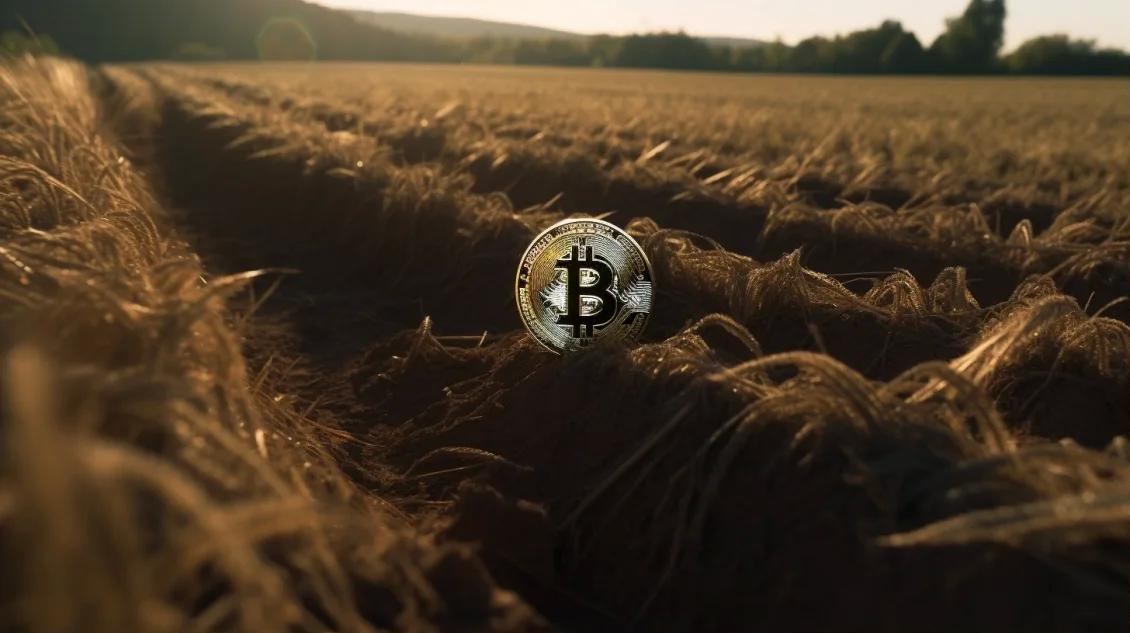In recent years, the cryptocurrency market has experienced explosive growth, attracting investors from all over the world. As a result, various passive income strategies have emerged, offering crypto enthusiasts opportunities to earn returns on their investments. Among the most popular of these strategies are liquidity mining, yield farming, and staking. This article explores each method, presenting a detailed analysis of their potential returns, risks, and applications in the current market.
Understanding the Basics: Liquidity Mining, Yield Farming, and Staking
Liquidity Mining
Liquidity mining refers to the process of providing liquidity to decentralized exchanges (DEXs) in the form of tokens. In return for this service, investors receive rewards, usually in the form of additional tokens. Liquidity mining has gained traction, particularly through DEXs such as Uniswap and Sushiswap.
Yield Farming
Yield farming, also known as liquidity farming, is a strategy where users lock up their assets in a smart contract to earn rewards. This practice can be done on various decentralized finance (DeFi) platforms, with returns typically being paid in the platform’s native token or another cryptocurrency. Yield farming can involve a variety of strategies, such as lending, borrowing, or providing liquidity to DEXs.
Staking
Staking is the process of locking up a cryptocurrency in a wallet to support the operations of a blockchain network. In return, stakers receive rewards in the form of additional tokens. Staking is popular in proof-of-stake (PoS) and delegated proof-of-stake (DPoS) blockchain networks, such as Ethereum 2.0, Cardano, and Polkadot.
Evaluating Returns: Liquidity Mining vs. Yield Farming vs. Staking
Liquidity Mining Returns
Returns on liquidity mining are generally a function of trading fees, token price fluctuations, and incentives provided by the platform. While potentially lucrative, liquidity mining carries risks such as impermanent loss, which occurs when the relative price of the provided tokens changes unfavorably.
[1] https://academy.binance.com/en/articles/impermanent-loss-explained
Yield Farming Returns
Yield farming returns are determined by factors such as the platform’s interest rates, token prices, and incentives. While some yield farming opportunities have boasted impressive annual percentage yields (APYs) of up to 1,000% or more, these returns are often short-lived and carry significant risks.
Staking Returns
Staking returns are generally more stable compared to liquidity mining and yield farming, with APYs ranging from 5% to 20% for most PoS and DPoS networks. These returns are dependent on factors such as network inflation rates, staking ratios, and validator performance. While staking carries fewer risks than liquidity mining and yield farming, it usually requires longer lock-up periods and may involve lower liquidity.
[2] https://www.stakingrewards.com/
Risk Assessment: Balancing Returns and Potential Losses
Liquidity Mining Risks
Liquidity mining’s main risk is impermanent loss, which can lead to negative returns if token prices move unfavorably. Additionally, liquidity mining exposes investors to smart contract vulnerabilities and platform-specific risks.
Yield Farming Risks
Yield farming involves risks such as impermanent loss, smart contract vulnerabilities, and platform-specific risks. Additionally, the high APYs offered by some platforms can create unsustainable situations, potentially leading to token price crashes and diminished returns.
Staking Risks
While staking typically involves fewer risks than liquidity mining and yield farming, investors may still face challenges such as validator misbehavior, slashing penalties, and long lock-up periods. Additionally, staking returns can be affected by token price fluctuations.
Conclusion: Maximizing Returns and Mitigating Risks
In conclusion, each passive income strategy in the cryptocurrency market carries its own set of risks and potential returns. Liquidity mining and yield farming can offer higher returns but also carry more significant risks. In contrast, staking generally provides more stable returns with fewer risks but may involve lower liquidity and longer lock-up periods.
To maximize returns and mitigate risks, investors should consider diversifying their passive income strategies and carefully research each platform’s specific features. By staying informed and adopting a balanced approach, crypto enthusiasts can navigate the rapidly evolving landscape and take advantage of the lucrative opportunities it presents.
FAQs
Yo, fam! So, liquidity mining is all about providing liquidity to pools and earning tokens. Yield farming? It’s the strategy of hopping between protocols to maximize returns. Chase those yields, right?
Ha, not quite! Staking’s like “locking” your crypto to support network operations like validation. In return? You get rewards. Banks? More like lending your cash and getting tiny interest.
Toughie! It varies. Yield farming can bring crazy APYs, but it’s riskier. Staking and liquidity mining? More stable, but generally lower returns. Always DYOR (Do Your Own Research)!
Dive into those DeFi platforms, my friend! But watch out for those gas fees and rug pulls. A good strategy and a keen eye on APYs, and you’re golden.
Totally! There’s “slashing” where you lose a chunk if validators act shady. And, don’t forget the volatility of crypto prices. Still, staking’s seen as one of the safer bets.
You bet! Some OG crypto enthusiasts rock all three to diversify their strategies. Just remember, balancing is key and don’t spread yourself too thin.
Ah, the old IL! When you provide liquidity, and the price of tokens changes, you can end up with less than if you just hodled. It’s a sneaky little bugger.
Man, gas fees can eat into those juicy profits, especially on networks like Ethereum. Always factor them in when calculating potential yields. It’s a game-changer!
Nah, but the more you put in, the higher the potential returns. Just remember: Don’t invest more than you can afford to lose. Stay woke!
For sure! There’s a ton of DeFi dashboards and analytics platforms out there. Zapper, DeFi Pulse, and Yieldwatch are solid places to start. Happy farming!
Ugh, the dark side of DeFi. It’s when devs pull out funds, crashing the value. Always check the project’s credibility and if they’ve been audited. Safety first!
Just this: Stay curious, stay vigilant, and remember the golden rule of crypto – DYOR! Happy trading, fam!



